Preventing Burn While Working In Hotel Kitchen
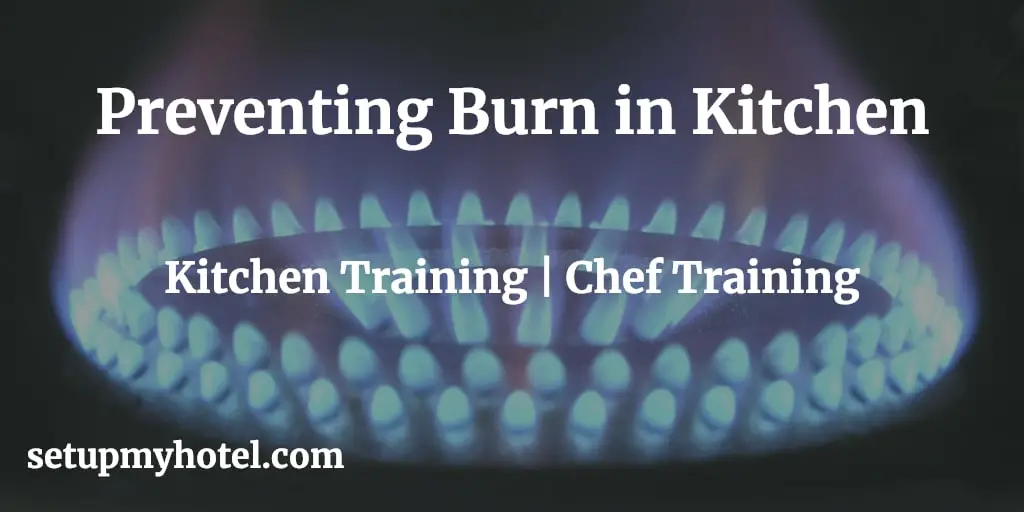
How to prevent burn in the hotel kitchen? Understanding the transfer of heat is very important to chefs working in ...
Read more
Use Of Thermometer In Hotel Kitchen / Food Production
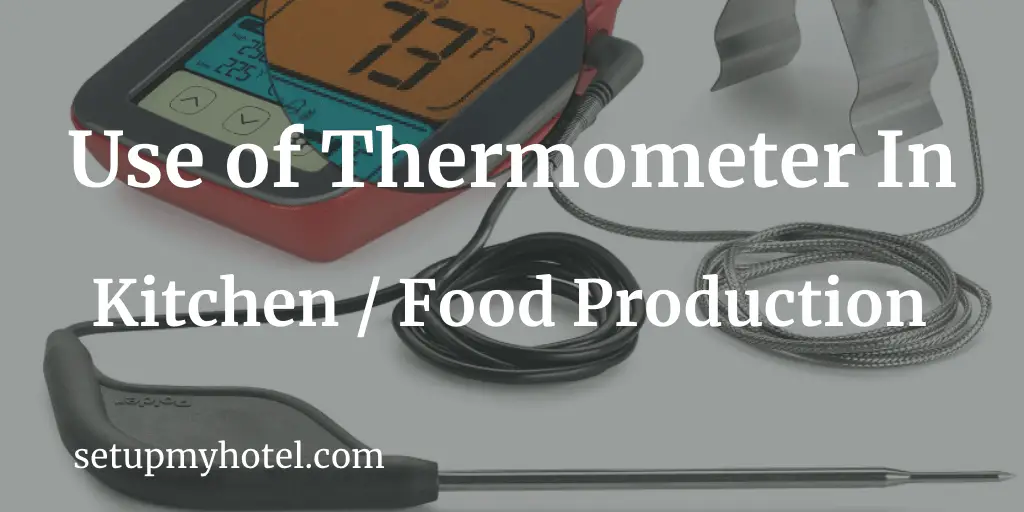
What is the use of a Thermometer in the hotel kitchen? In the food production or kitchen environment microbes are ...
Read more
Types Of Kitchen Hand Tools & Small Equipment
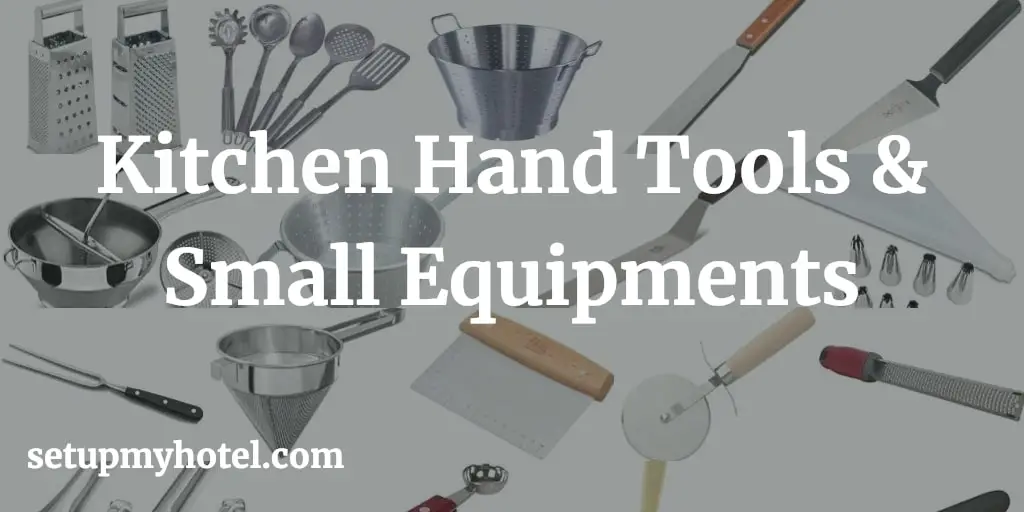
Different types of Kitchen Hand Tools & Small Equipment All kitchen staff should be familiar with the different types of ...
Read more
Food Holding Temperature Guide – Meat | Poultry | Fish | Other Items
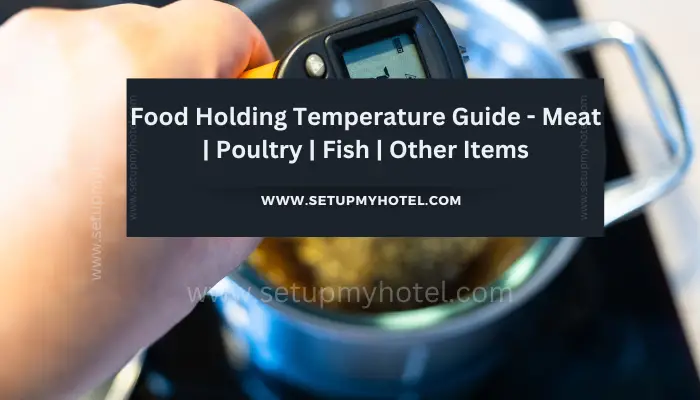
Standard Food Holding Temperature Range Guide For Meat, Fish Poultry, and Other Items In the hotel industry chefs, cooks and ...
Read more
How To Keep Knife Or Knives Sharp?
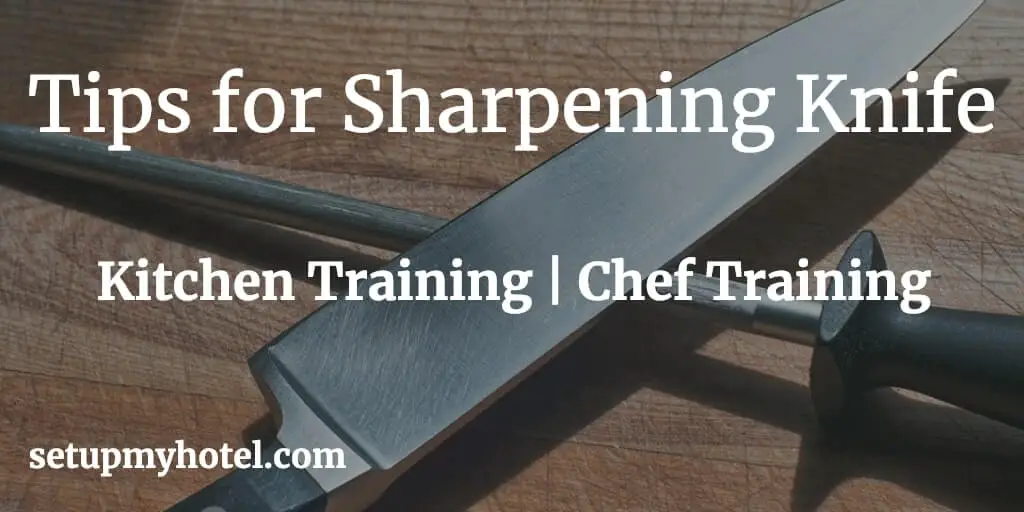
Tips For Keeping The Knife Sharp A knife is a tool that is of little use if it is not ...
Read more
Preventing Cuts While Working In The Hotel Kitchen

How To Prevent Cuts While Working In The Hotel Kitchen Area? The primary rule of knife safety is simple that ...
Read more
SOP – Engineering – Equipment Maintenance and Repair Standard
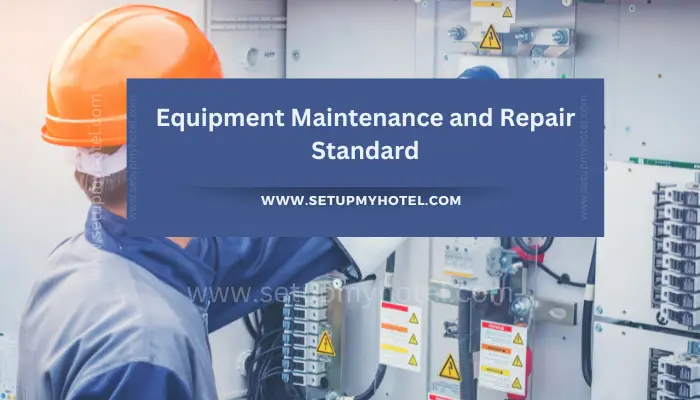
Standard Operating Procedure for Engineering – Equipment Maintenance and Repair Standard 1. Purpose: Clearly state the purpose of the Equipment ...
Read more
Kitchen Equipments Maintenance Tips For Chefs
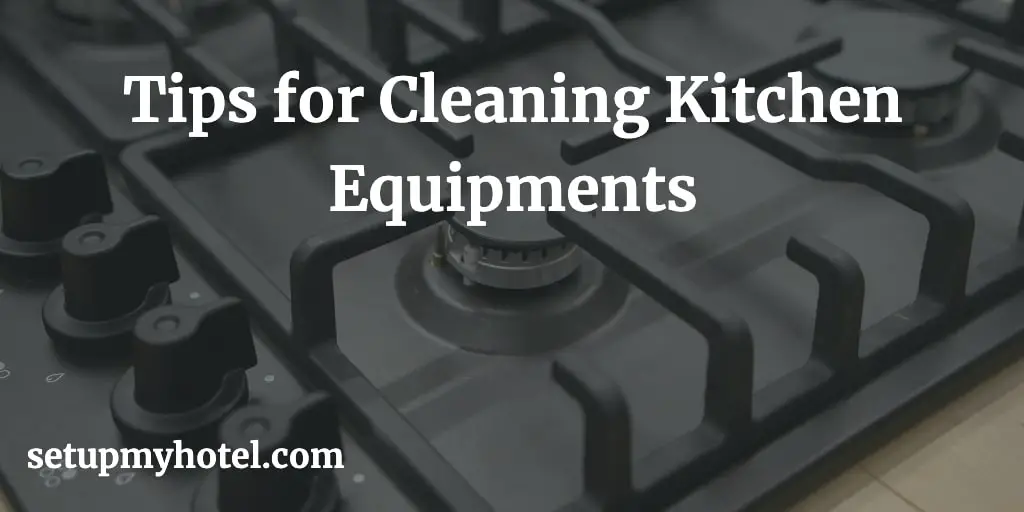
Maintenance Tips for Kitchen Equipment Keeping your kitchen equipment in good working order is essential to ensure that your restaurant ...
Read more
Uses Of Medium Duty Equipment In The Hotel Kitchen
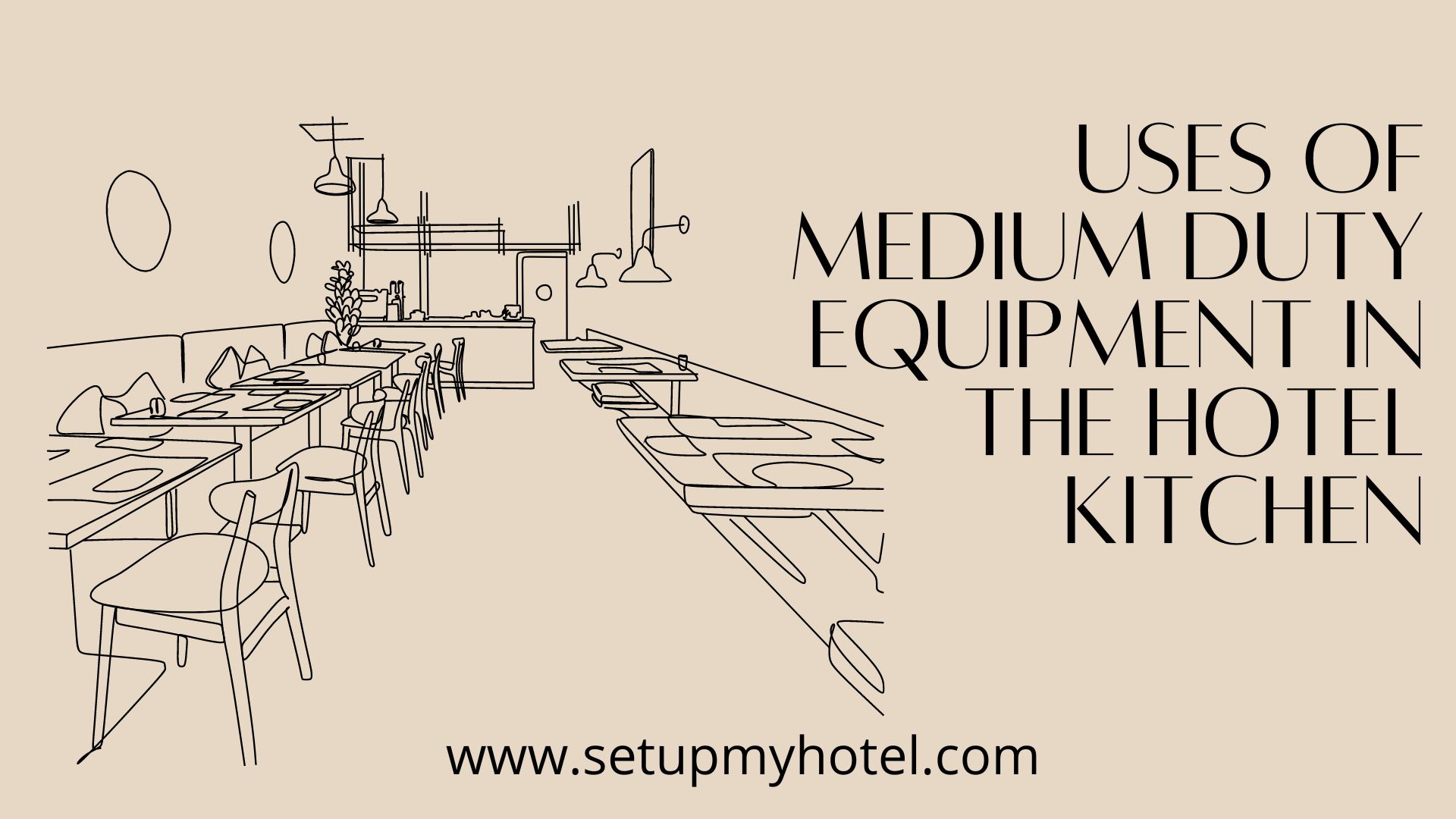
Uses Of Medium Duty Equipment In The Hotel Kitchen Medium-duty equipment is a necessary piece of hotel kitchen infrastructure. It ...
Read more
SOP – Kitchen / F&B Production – Operating Industrial Blender In Kitchen
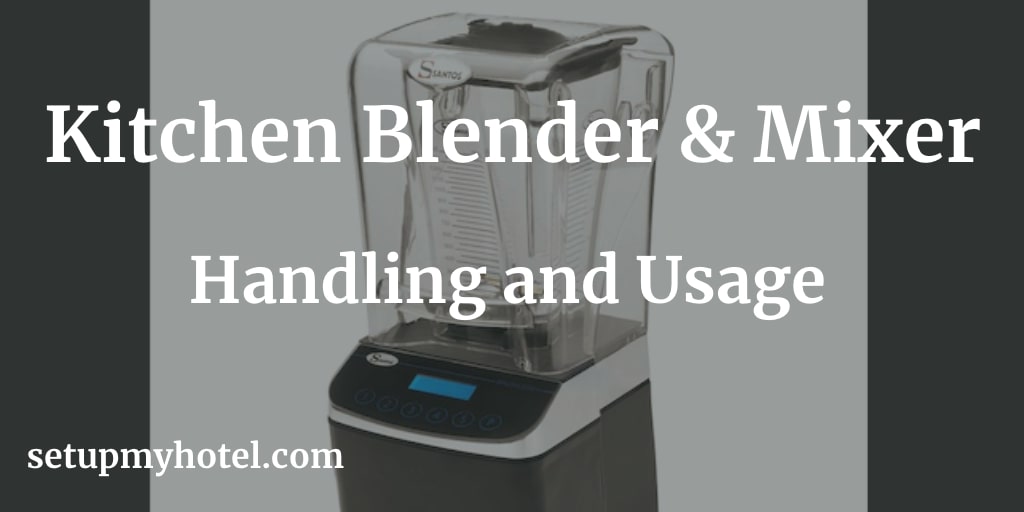
Kitchen SOP for Using and Handling Blender To ensure the hygienic operation of the blender while producing consistent results, always ...
Read more









